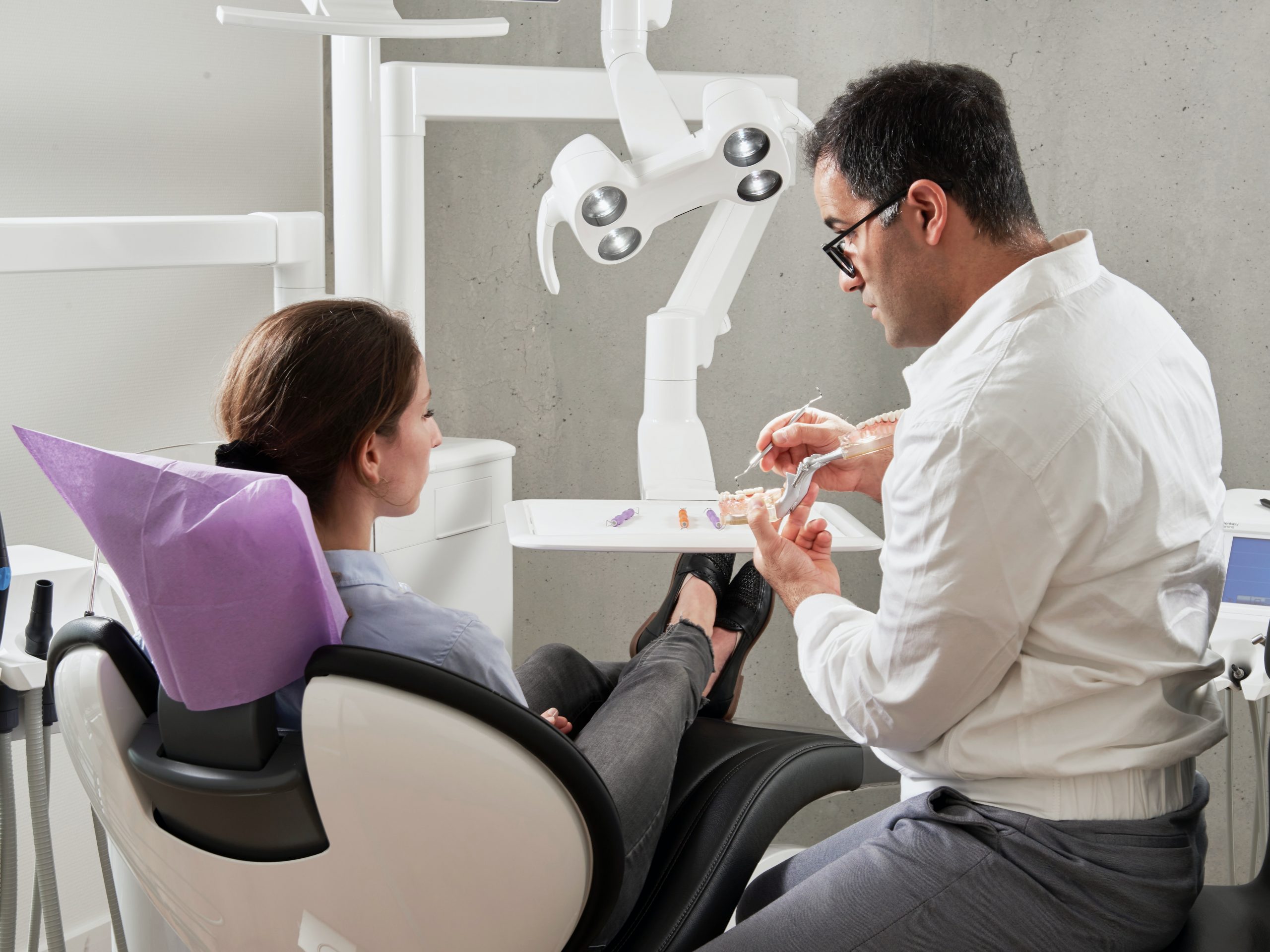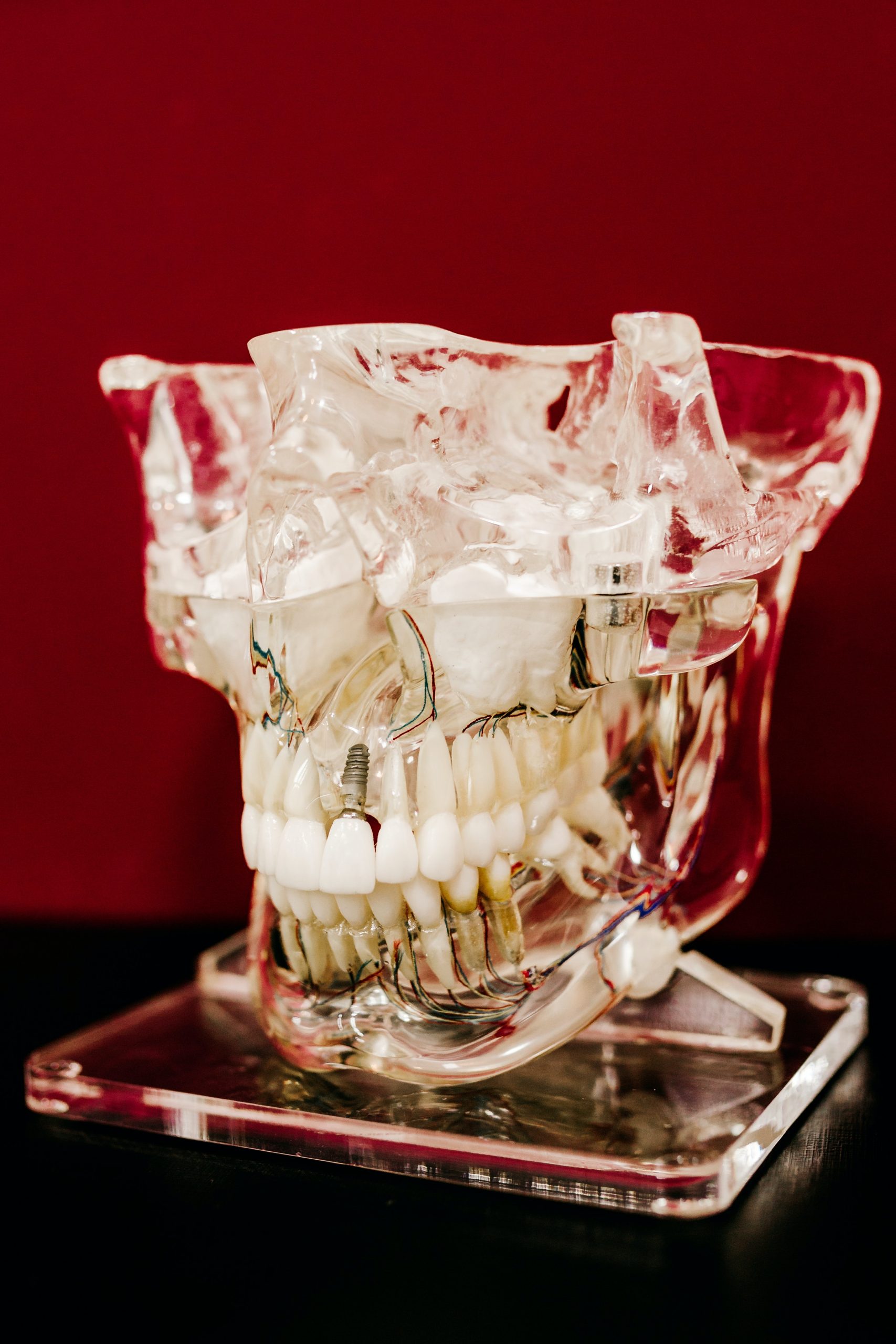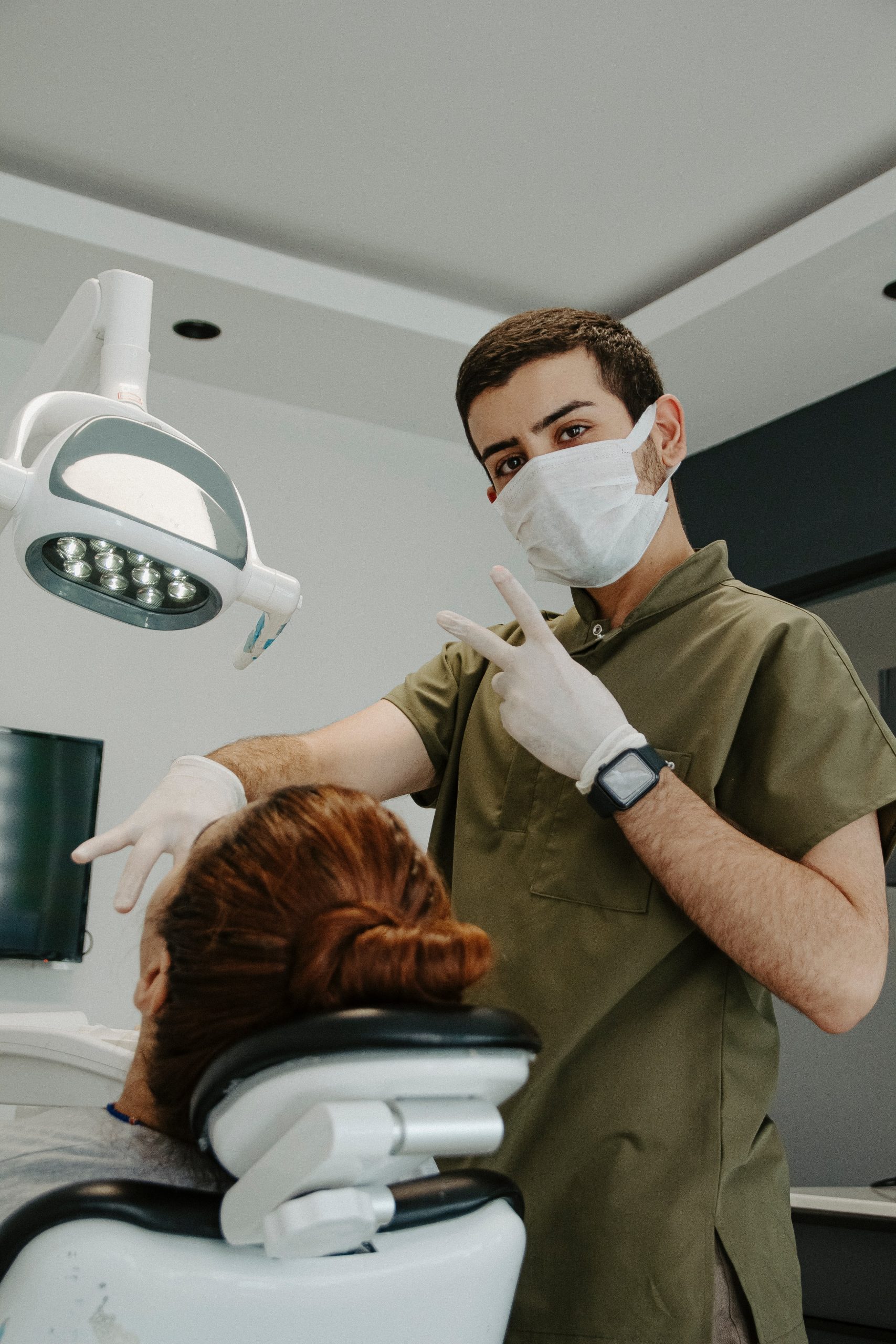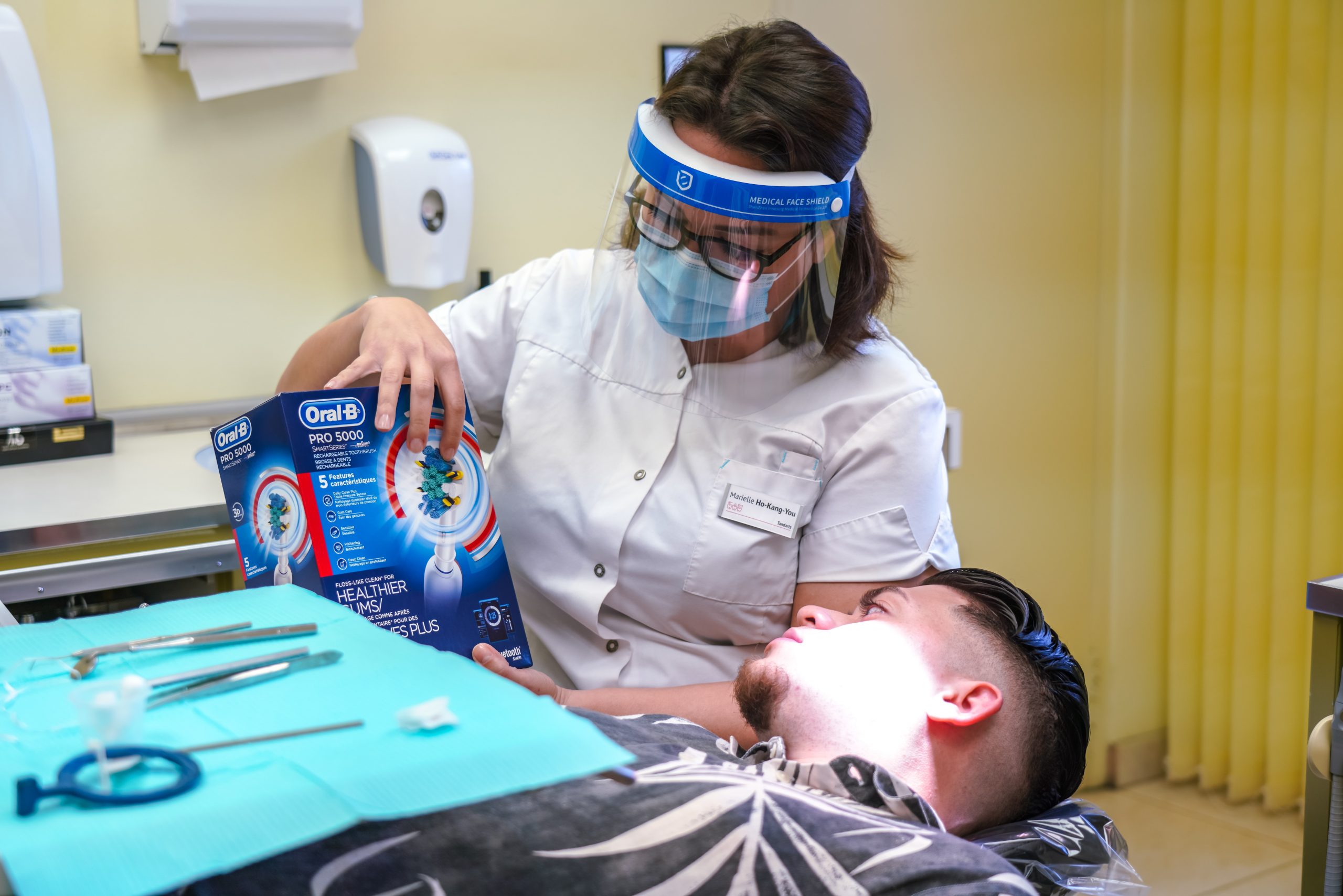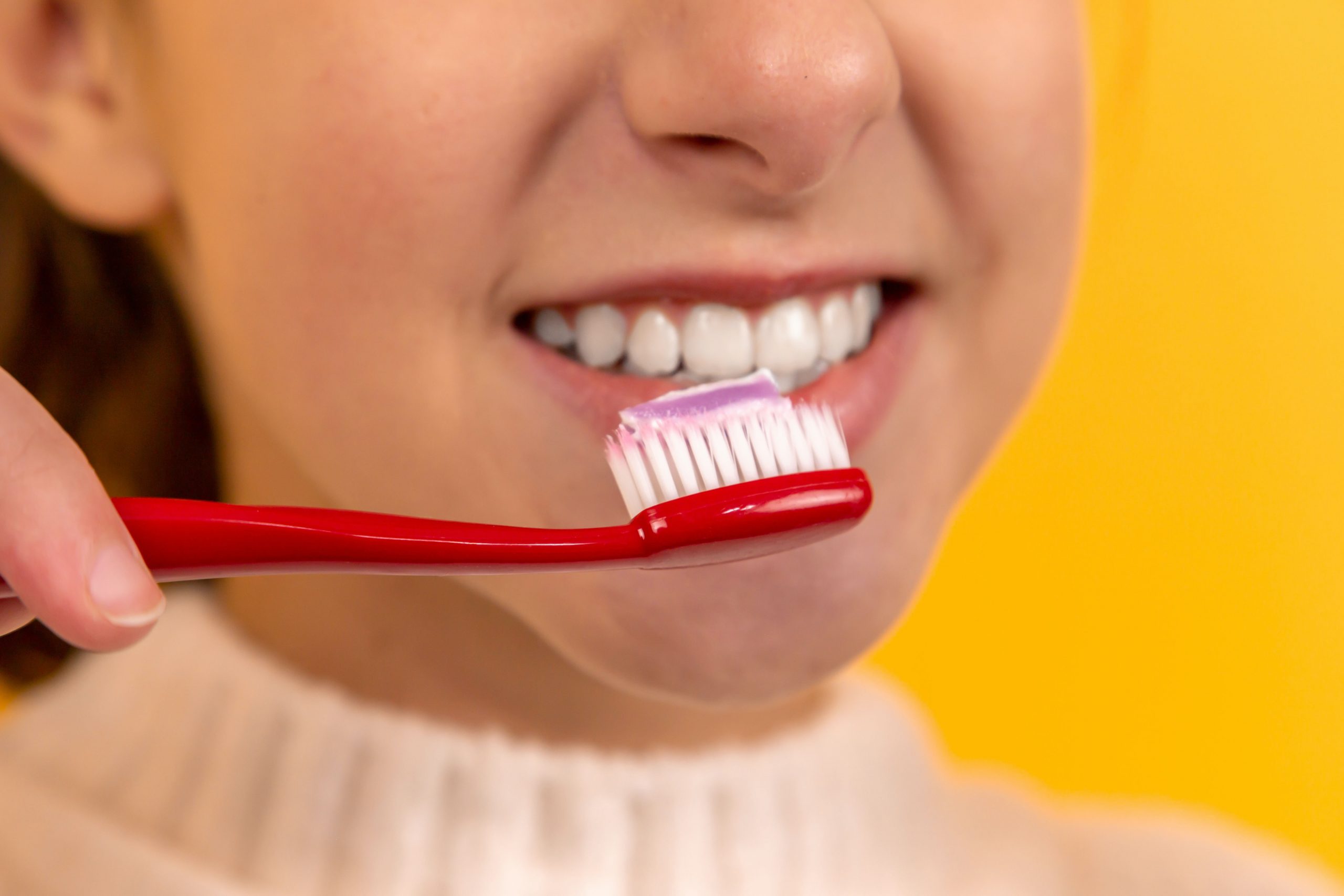
Recognition and treatment of migraine patient in dental practice
Migraine is a neurological condition that can cause multiple symptoms. It’s frequently characterized by intense, debilitating headaches. Symptoms may include nausea, vomiting, difficulty speaking, numbness or tingling, and sensitivity to light and sound. Temporomandibular joint disorders, toothache, jaw and sinus pain often coexist with headaches. A toothache of nonodontogenic origin may require a team of dentists and physicians to diagnosis and manage. It is important for the dentist to recognize and understand the management of common headaches such as migraine (migraine patient in dental practice) and be able to differentiate between a nonodontogenic headache and a “real” toothache.
Orofacial refers to your head (face, jaw, etc.), neck, and oral cavity (teeth, gums, etc.). The following orofacial conditions share certain migraine triggers, such as stress. Plus, the American Migraine Association notes that certain orofacial conditions can intensify migraines, and you might mistake migraine pain for dental pain. Along with systematic and objective assessment and monitoring, as well as neuroscience, innovative sports medicine approaches and technologies now are increasingly becoming a part of dentistry. They are being employed to successfully address headaches associated with dental force–related complaints
Currently, they can assess migraine patient in dental practice and along with their dental teams, treat and manage the headache and dental force–related conditions of their patients through a comprehensive system. Another important tool in the system is the T-Scan, which can be used prior to and during the rehabilitation. The T-Scan is relied upon to evaluate imbalances in the teeth, joints, and muscles, or the dental foundation. Apart from complementing and supporting the assessment opinion, these objective data instruments are helpful in earning a patient’s acceptance of the treatment plan.

